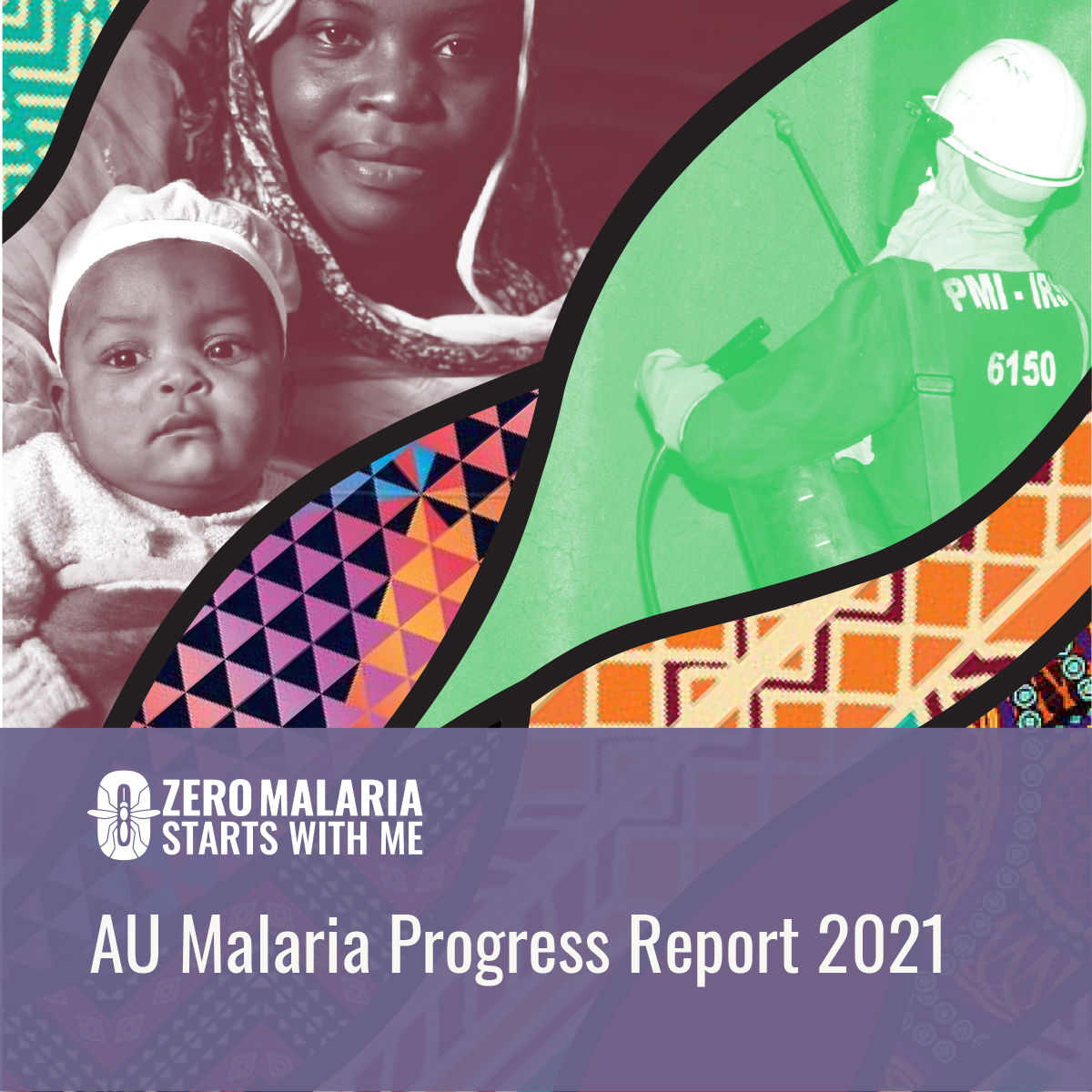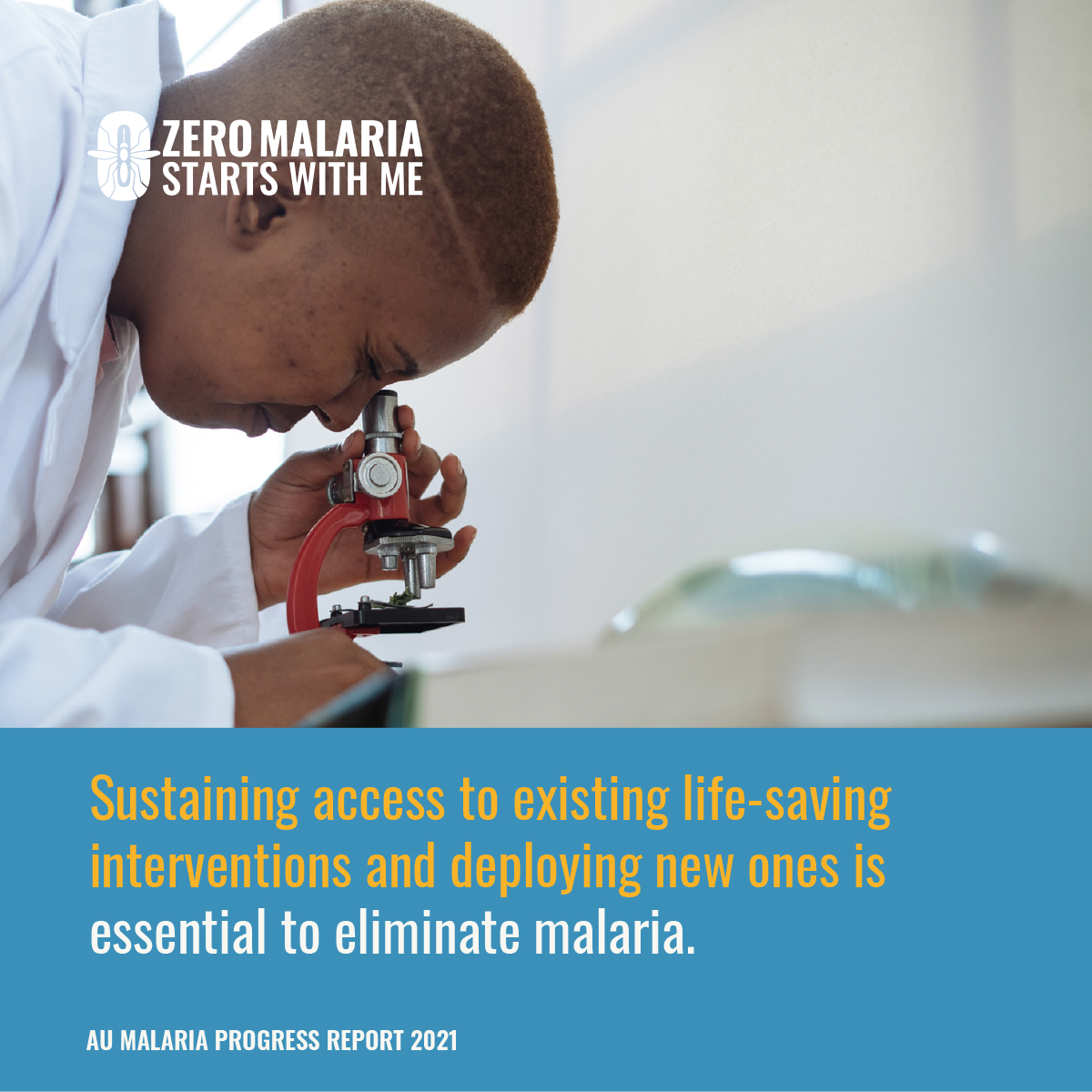Malaria remains one of the leading causes of death in sub-Saharan Africa despite commitments by African Heads of State to eliminate the disease by 2030. The African Union had set a 2020 target of reducing malaria incidence and mortality by at least 40% compared to 2015 but only 15 Member States either made significant strides towards this objective or achieved it at the end of the period. Concerted efforts and new tools are urgently needed to address the threats of insecticide and drug resistance and gain further ground against the disease. At the 35th Ordinary Session of the African Union Assembly on the 6th of January, H.E President Uhuru Kenyatta, Chairperson of the African Leaders Malaria Alliance (ALMA) presented these findings and more in the 2021 African Union Malaria Progress Report.

According to the report, which employs recent data provided by the WHO, the malaria burden in Africa is greater than previously estimated. The continent recorded 16 million additional cases and 68,953 additional deaths in 2020 as compared to 2019. The new statistics are the result of a revised WHO methodology and the impact of COVID-19. Although African leaders were able to avert the worst-case scenario, COVID-19 continues to threaten progress in the malaria fight, a situation exacerbated by inadequate funding and resources, and threats to existing malaria control tools.
Some of the threats to existing tools identified by the report include:
- Reports of parasitic resistance to antimalarial medication. Several member states such as Burkina Faso, Rwanda and Uganda have already reported evidence of malaria parasites that are partially resistant to existing antimalarial drugs.
- Mosquito resistance to insecticides. An increasing number of AU Member states have also identified mosquito resistance to the insecticides used for ITNs and IRS. 22 Member States have reported evidence of mosquitoes that are resistant to the 4 classes of insecticides primarily used for vector control, and another 12 reported resistance to 3 classes of insecticides.
- Mutations of the malaria parasite. Malaria parasites have begun to mutate so that they no longer produce the protein detected by RDTs, rendering these tests less effective at identifying cases of malaria.
- Durability of treated nets. The durability of existing ITNs also continues to be a challenge. Whilst WHO-approved ITNs should provide three years of protection, NMCPs raised concerns about the durability in the field and an increased risk of malaria upsurges during the third year after the national universal ITN campaigns.
- The introduction of an invasive mosquito species. The Anopheles stephensi mosquito, which was first identified in Djibouti in 2012 and now in other countries of the Horn of Africa, poses an increasing threat especially in urban areas.
To preserve gains and sustain progress towards the elimination of malaria, the report highlights the need to scale up the deployment of next-generation commodities.

In this context, innovative approaches, such as gene drive, could be critical to helping consolidate gains made in the malaria fight and reverse stalled progress if used alongside existing interventions.
Recent posts
